US to withdraw 1,000 troops from northern Syria, Esper says
The United States will pull back another 1,000 troops from northeast Syria as the risk of confrontation with Turkey-backed fighters escalates, Defense Secretary Mark Esper said on Sunday, October 13.
Esper told CBS’s “Face the Nation” program that U.S. forces would be evacuating from northern Syria, having found “ourselves likely caught between two opposing advancing armies” as Turkish troops and allied Syrian rebel fighters under the banner of the Syrian National Army advance on the Syrian Democratic Forces.
Earlier, an unnamed U.S. defense official told The Associated Press that the situation in northeast Syria was “deteriorating rapidly” following Turkey’s incursion on October 9, and the risk of confrontation between Turkey-backed rebel fighters and U.S. troops is increasing.
“In the last 24 hours, we learned that they likely intend to expand their attack further south than originally planned, and to the west,” he said, adding that the SDF is “looking to cut a deal” with the Syrian regime and Russia “to counter-attack against the Turks in the north.” He described the situation as untenable.
The U.S. has kept roughly 1,000 troops in Syria since President Donald Trump’s shock announcement tin December that he planned to withdraw all forces from the country following the declaration of victory over Islamic State.
Esper said troops would move further south but would not leave Syria entirely. He did not give a timeline for the withdrawal but said forces would look to move “as safely and quickly as possible” without leaving equipment behind.
On Friday, Pentagon spokesperson Captain Brook DeWalt said U.S. troops in Kobani came under artillery fire from Turkish positions around 9 p.m. within a few hundred meters of a location known by Turkey to have U.S. forces present.
Turkey launched Operation Peace Spring in northern Syria on October 9 following Trump’s decision to pull U.S. troops from two outposts along the Syria-Turkey border two days earlier.
U.S. and Turkish forces had previously been conducting joint ground and helicopter patrols in the “security mechanism” or “safe zone” area, a buffer zone along the border that Ankara has demanded be cleared of the U.S.-backed SDF.
The U.S. had insisted the SDF dismantle its fortifications as part of the agreement with Turkey to prevent President Recep Tayyip Erdogan ordering an invasion of Syria.
Turkey-backed forces have already penetrated further south than the 9-to-14-km wide planned zone. On Saturday the rebel group Ahrar al-Sharqya set up checkpoints on the M4 highway about 30 km from the border and the Turkish defense ministry said Sunday that its forces had taken control of the critical road.
Erdogan said in a speech on Sunday that threats of sanctions and arms embargoes from Europe would not deter Ankara.
“Those who think they can make Turkey turn back with these threats are gravely mistaken,” he said.
France and Germany announced on Saturday that they would temporarily suspend weapons sales to Turkey over the operation.
The Pentagon has insisted it was not betraying the Syrian Kurds, who form the backbone of the People’s Protection Units (YPG), a core component of the SDF. Esper had previously said the Defense Department opposed Turkey’s incursion into northeast Syria, and told reporters on Friday that only 50 special operations soldiers had been withdrawn after Trump’s order.
The move comes as fears about ethnic cleansing and security in northeast Syria increase after a leading female Kurdish politician was executed by Turkey-backed rebels on Saturday and hundreds of Islamic State affiliated women escaped an IDP camp amidst the fighting on Sunday.

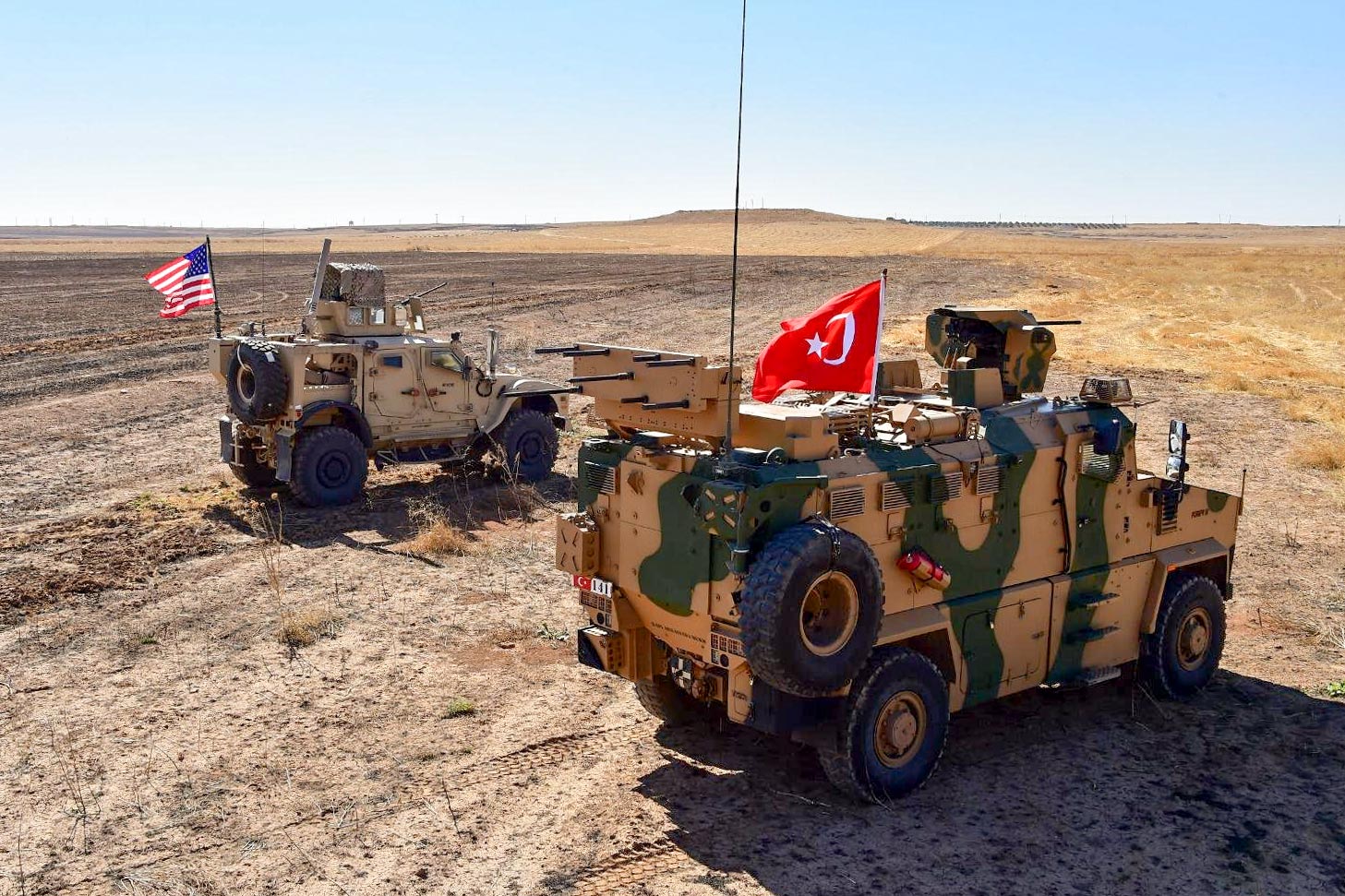

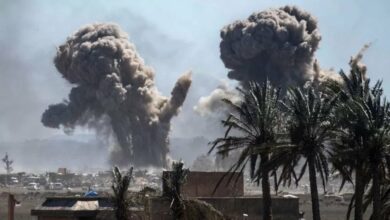

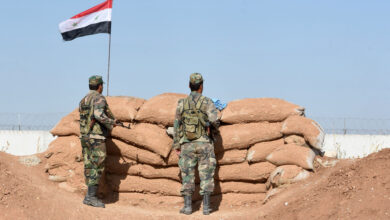
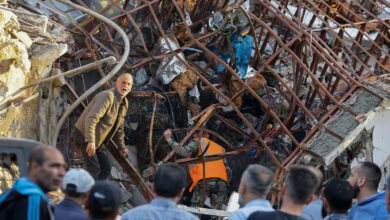

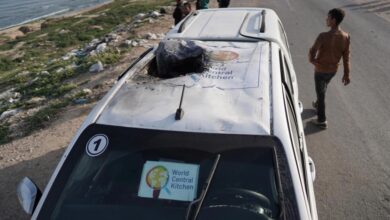
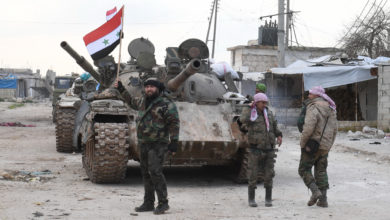
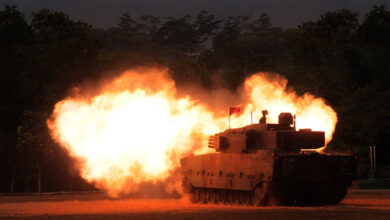

5 Comments